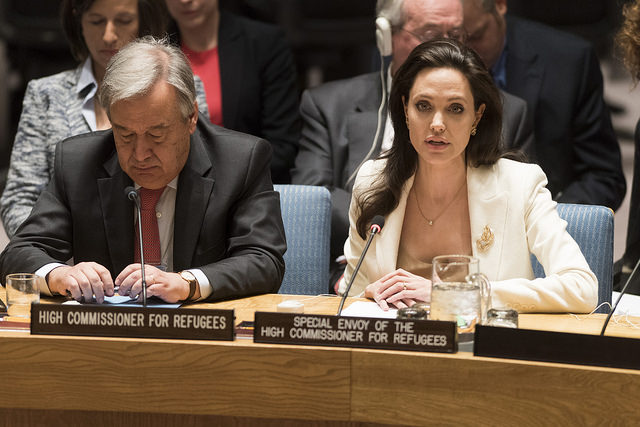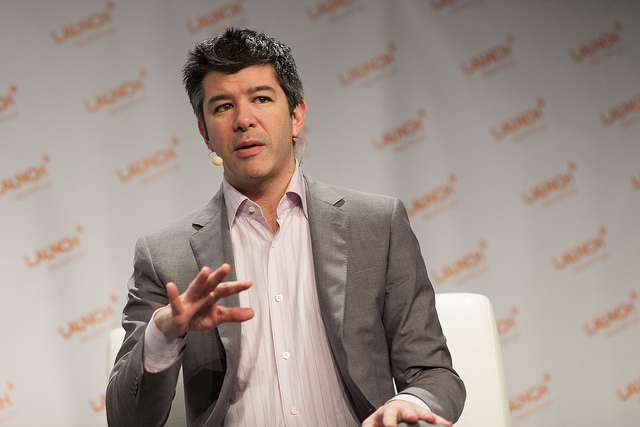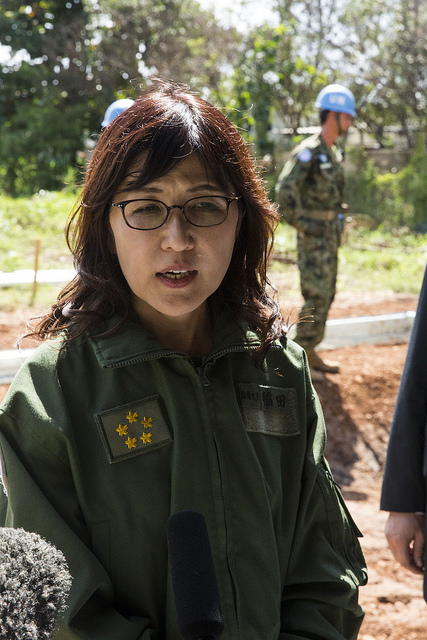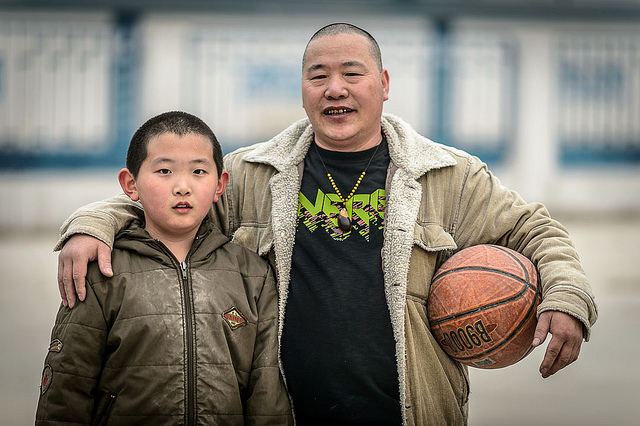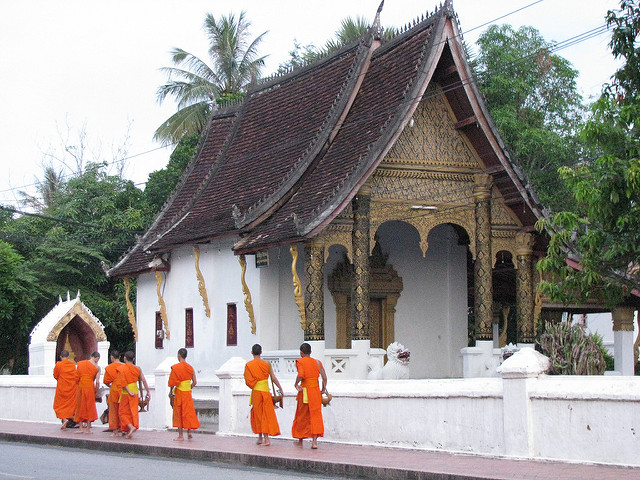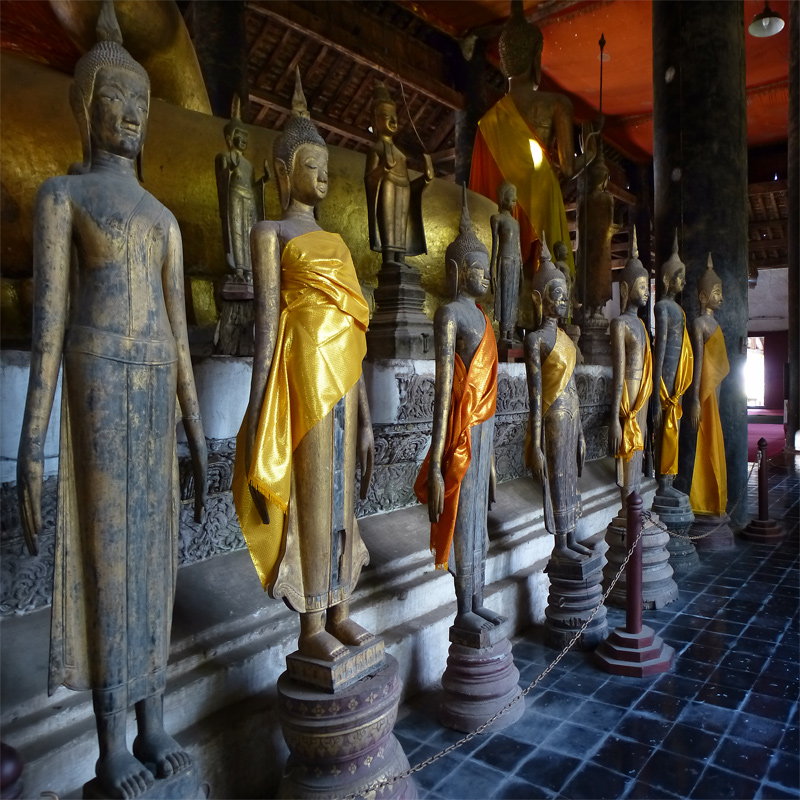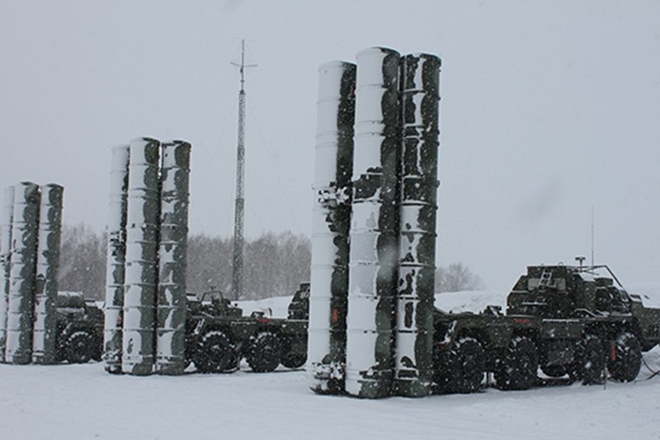
By Bill Lee
Scientists in Japan are desperate for research funds. Is the government stepping in to try to bribe scientists at universities to conduct research for military purposes?
Post-war Japanese scientists have mostly been adamant about rejecting any military-related research, particularly because of scientists’ cooperation with the military in the Second World War. In 1950 and 1967, the Science Council of Japan, the main organization representing scientists in Japan, issued statements declaring that academic research must never be conducted for “purposes of war” or “military purposes.” But with shrinking university and funding agency budgets, scientists may be tempted to change their stance.
In step Prime Minister Abe and the Ministry of Defense. Abe wants to bolster Japan’s military force, and military research is part of that. The government established the Acquisitions, Technology and Logistics Agency (ATLA) in 2015 to unify the development and procurement of Self-Defense Force equipment into one body. ATLA is offering funds to universities for dual-use technology research. Japan is strong in materials science, and an example of ATLA’s dual-use funding is research at Toyohashi University of Technology into filters for gas masks that can also be used for disaster prevention measures at chemical plants. ATLA’s budget for academic funding started out at a modest 300 million yen, increased to 600 million yen in fiscal 2016, and then ballooned to 11 billion yen in fiscal 2017, an 18-fold increase over the previous year’s budget. Scientific research is of course crucial for the development of military systems. As a case in point, the seemingly benign field of geophysics could be very important. For example, research into wave propulsion in water could be vital for technology to detect submarines, and research into gravitational fields could also help make missiles more accurate since their descent towards their targets is affected by the gravitational field in a particular geographic region.
The Science Council of Japan recently released a draft statement warning universities about conducting research for potential military purposes. But the statement has no binding power, and some scientists feel research for “self-defense” purposes is acceptable. In their quest for truth, will scientists be opening up a Pandora’s box?
Leave a comment.
Photo by Mike Morash via Flickr
 日本語
日本語 English
English 中国語
中国語